 您的购物车当前为空
您的购物车当前为空
活性氧(ROS)探针
活性氧(ROS)探针是一类用于检测细胞内活性氧水平的荧光染料,通过与ROS反应生成荧光产物实现定量分析,广泛应用于氧化应激研究、疾病机制探索及药物筛选领域。
- BODIPY 581/591 C11T39652217075-36-0In houseBODIPY 581/591 C11 是一种荧光放射探针,用于指示模型膜系统和活细胞中的脂质过氧化和抗氧化功效。
- ¥ 1980
规格数量
 客户已引用
客户已引用 - H2DCFDADCFH-DA, 2',7'-二氯荧光素二乙酸酯, 2',7'-Dichlorodihydrofluorescein diacetateT154584091-99-0H2DCFDA (DCFH-DA) 属于绿色荧光染料,是一种检测细胞内活性氧 (ROS) 的探针 (Ex/Em=488/525 nm),具有细胞膜渗透性。
- ¥ 131
规格数量 客户已引用
客户已引用 - Dihydroethidium二氢乙锭, PD-MY 003, HydroethidineT2021104821-25-2Dihydroethidium (PD-MY 003) 是一种过氧化物指示剂,在细胞质中具有蓝色荧光 (λex=518 nm,λem=616 nm),被氧化后荧光消失,具有细胞渗透性。
- ¥ 288
规格数量 客户已引用
客户已引用 - ADHP10-乙酰基-3,7-二羟基吩嗪, 10-Acetyl-3,7-dihydroxyphenoxazineT18912119171-73-2ADHP (10-Acetyl-3,7-dihydroxyphenoxazine) 是荧光过氧化物酶底物,其λex=530 nm,λem=590 nm。
- ¥ 247
规格数量 - 5-ROX, SE5-羧基-X-罗丹明 SETD0069209734-74-75-ROX, SE ([5-Carboxy-X-rhodamine, succinimidyl ester] *Single isomer*) 是一种标记试剂,用于制备电荷修饰的染料标记的双脱氧核苷酸三磷酸 (ddNTP) 以“直接加载”DNA 测序。
- ¥ 893
规格数量
- 1,3-DiphenylisobenzofuranDPBFTD01025471-63-61,3-Diphenylisobenzofuran (DPBF) 是一种荧光探针,对单线态氧(1O2) 的具有高特异性,可形成内过氧化物并分解成 1,2-dibenzoylbenzene,可用于活性氧生成的检测。
- ¥ 143
规格数量 - 2',7'-Dichlorofluorescein diacetate双氯荧光黄乙酸乙酯, Leuco-dcf diacetate, Diacetyldichlorofluorescein, Dcfh-DA, DCFDAT206842044-85-12',7'-Dichlorofluorescein diacetate (Diacetyldichlorofluorescein) 是一种可渗透细胞的荧光探针,可用于检测一氧化氮和活性氧以及确定总体氧化应激的程度。
- ¥ 198
规格数量 - Lucigenin光泽精, NSC-151912, L-6868T190232315-97-1Lucigenin (NSC-151912) 是化学发光探针,可用于检测内源性产生的超氧阴离子自由基在细胞的存在。
- ¥ 115
规格数量 - Benzenepentacarboxylic Acid苯五甲酸, PentacarboxybenzeneT189241585-40-6Benzenepentacarboxylic Acid (Pentacarboxybenzene) 是具有发现和清除HO 自由基作用的荧光染料。
- ¥ 298
规格数量 - Dihydrofluorescein diacetate二氢荧光素二乙酸酯, DiacetyldihydrofluoresceinT1897635340-49-9Dihydrofluorescein diacetate (Diacetyldihydrofluorescein) 是一种荧光探针,用于测量无细胞系统和细胞模型中的氧化应激。
- ¥ 112
规格数量
- Hydroxyphenyl Fluorescein羟苯基荧光素, HPF, 3'-p-(Hydroxyphenyl) fluoresceinT38071359010-69-8Hydroxyphenyl Fluorescein (HPF) 是一种用于检测高活性氧的细胞渗透性荧光染料,几乎没有内在荧光。Hydroxyphenyl Fluorescein 可应用于荧光酶标仪和流式细胞仪,可用于研究神经退行性变和衰老。其荧光波长:Ex/Em=490/515 nm。
- ¥ 2320
规格数量 - DAF-FM DADiaminofluorescein-FM diacetateT18965254109-22-3DAF-FM DA (Diaminofluorescein-FM diacetate) 是一种用于检测一氧化氮 (NO)和活性氮 (RNS) 水平的活性染料,可用于生物成像 (Ex/Em=495/515 nm)。
- ¥ 6280
规格数量 客户已引用
客户已引用 - 5(6)-ROX [5-(and 6)-Carboxy-X-rhodamine] *Mixed isomers*TD0067ROX dyes have a strong red fluorescence.Their excitation and emission wavelengths are longer than those of traditional rhodamine dyes.They are used as labels for peptides, proteins, and other biological ligands.5-ROX, 6-ROx, and their mixture of 5(6) -RoX
- ¥ 587
规格数量 - Resorufin acetateO-acetyl ResorufinT873161152-14-3Resorufin acetate, a fluorescent dye, is used to selectively detect hydrazine [1].
- 待询
规格数量 - 5(6)-Carboxy-2′,7′-dichlorofluorescein diacetateT38123127770-45-05(6)-Carboxy-2’,7’-dichlorofluorescein diacetate is an oxidant-sensitive and cell-permeable fluorescent probe.1Base hydrolysis of the ester bonds by intracellular esterases releases the acetate groups and the resulting compound, 5(6)-carboxy-2’,7’,-dichlorofluorescein, is oxidized by reactive oxygen species (ROS) and nitric oxide (NO) and displays excitation/emission maxima of 504 and 530 nm, respectively, which can be quantified as a measure of oxidant production. 1.Hempel, S.L., Buettner, G.R., O’Malley, Y.Q., et al.Dihydrofluorescein diacetate is superior for detecting intracellular oxidants: Comparison with 2’,7’-dichlorodihydrofluorescein diacetate, 5(and 6)-carboxy-2’,7’-dichlorodihydrofluorescein diacetate, and dihydrorhodamine 123Free Radic. Biol. Med.27(1-2)146-159(1999)
- ¥ 997
规格数量 - Diphenyl-1-pyrenylphosphine二苯基-1-芘基膦, DPPPT36567110231-30-6Diphenyl-1-pyrenylphosphine (DPPP)是一种探针(Ex/Em=351/380 nM),和氢过氧化物发生化学计量反应后生成荧光分子DPPP-o,常用于检测脂质氢过氧化物水平和细胞氧化。
- ¥ 580
规格数量 - HKOCl-4HKOCl-4, BXY2142T394322031170-85-9HKOCl-4 (BXY2142) is a rhodol-based yellow fluorescent probe that demonstrates exceptional sensitivity and selectivity in detecting hypochlorous acid. Its absorption wavelength is significantly longer than that of fluorescein-based probes, and it exhibits better pH stability. Notably, HKOCl-4 exhibits excitation at 530 nm and emission at 557 nm.
- ¥ 9003
规格数量









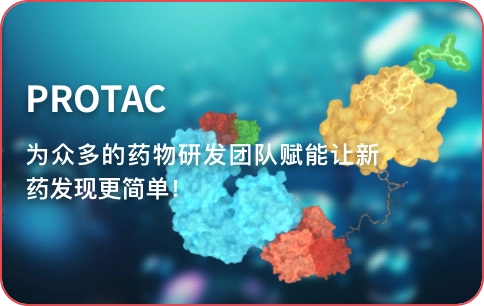







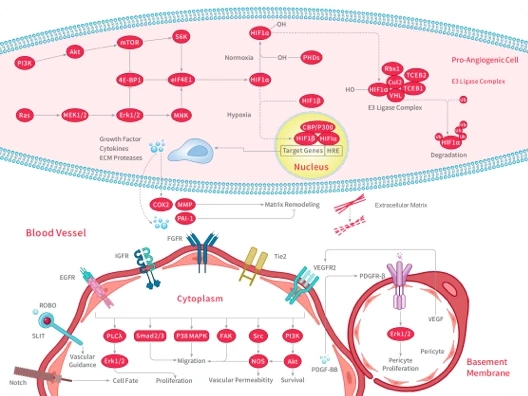
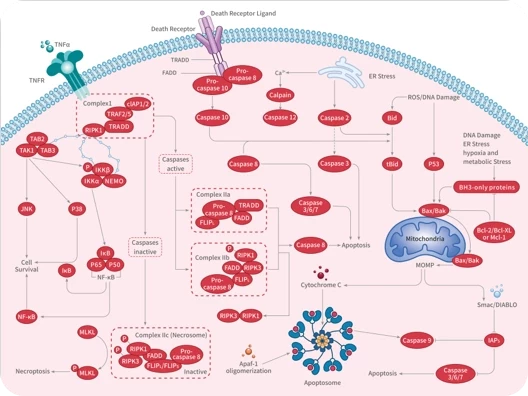
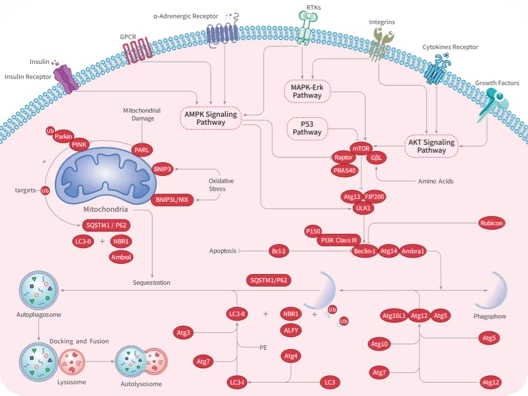

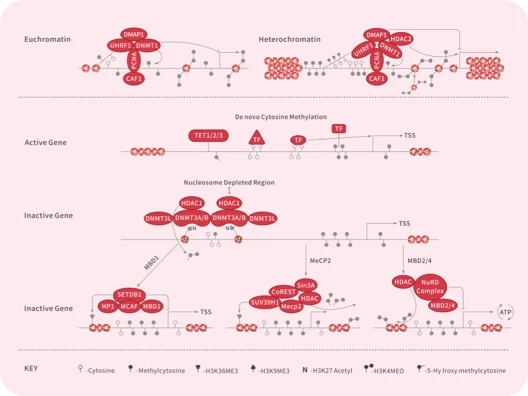
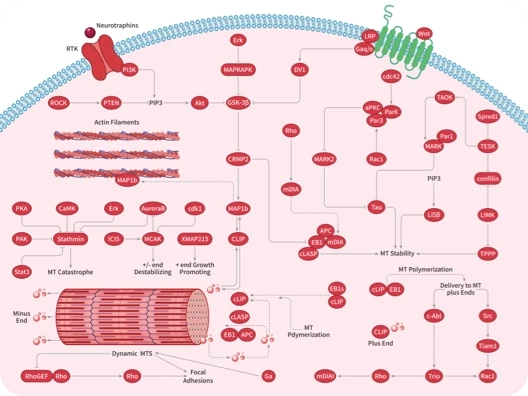
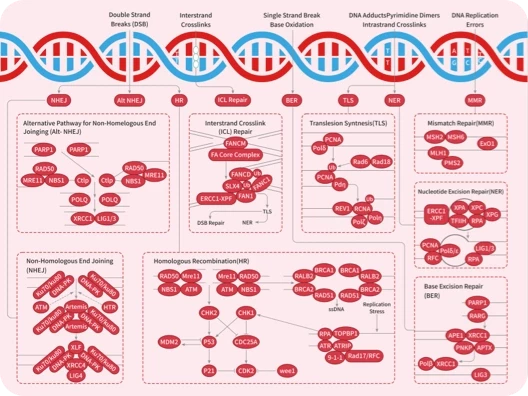
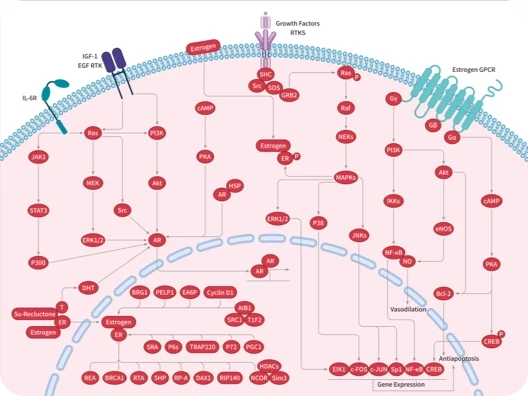
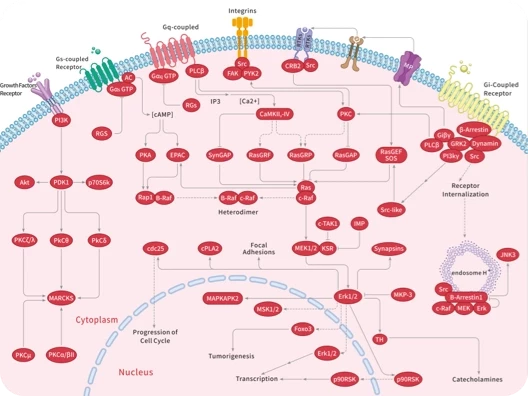

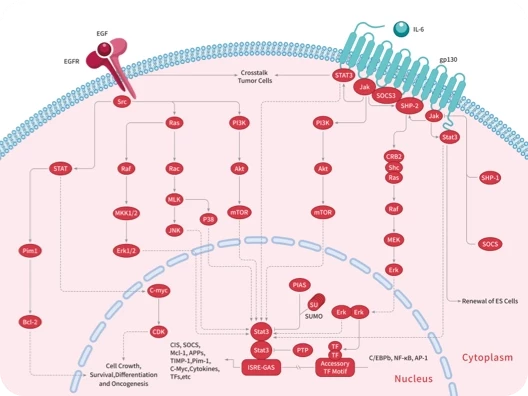
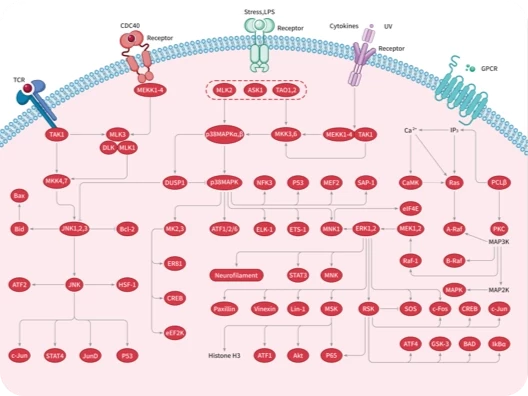
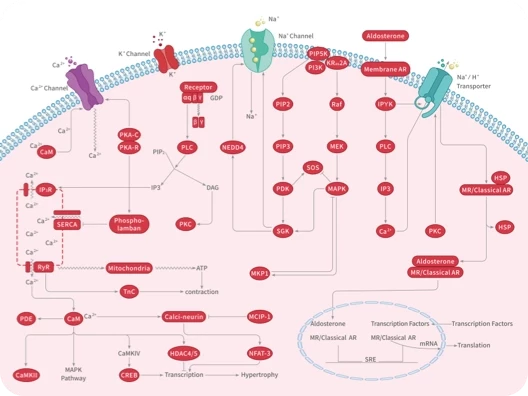
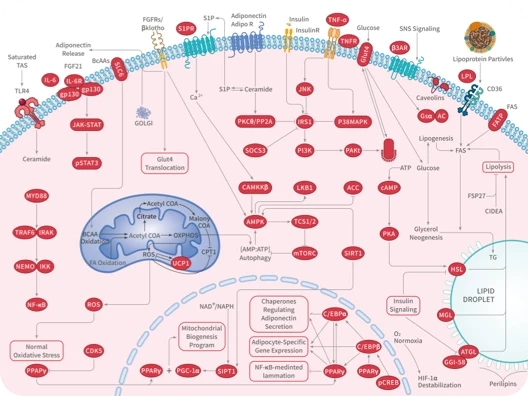


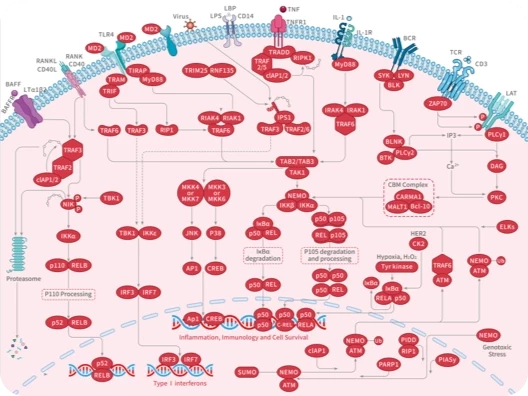
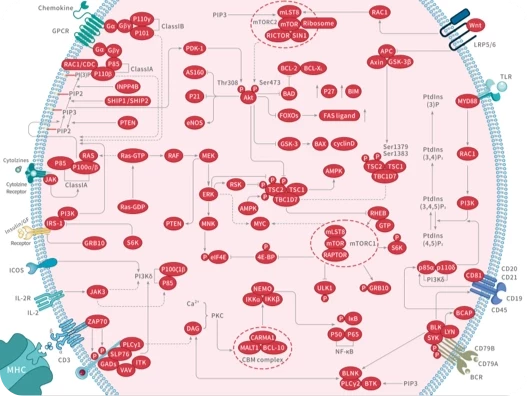
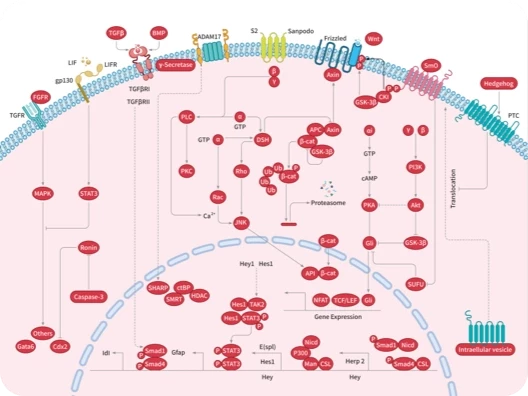
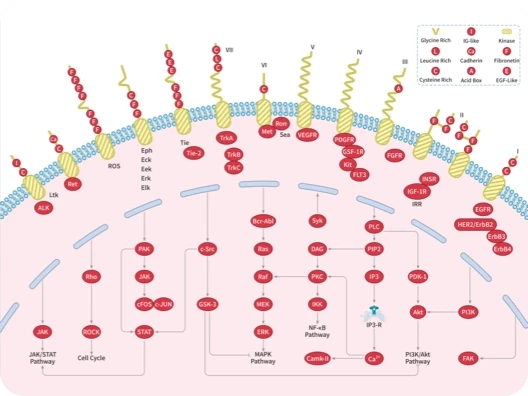
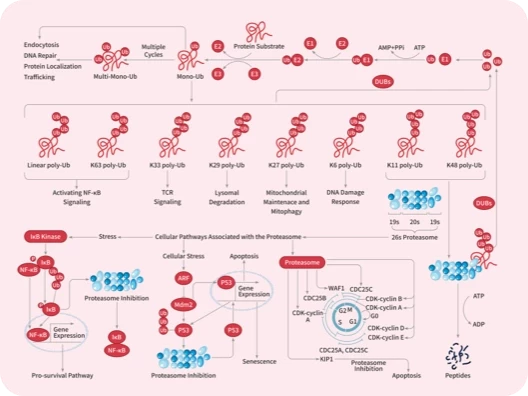

 |
|